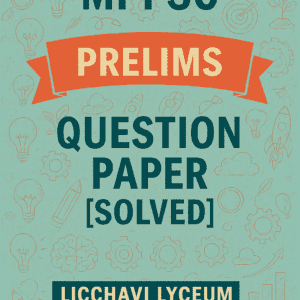Table of Contents
- BPSC 70th Exam Solved Paper (Re-Exam)
- 70th BPSC Prelims Question Paper
- 69th BPSC Prelims Question Paper
- BPSC 68th Exam Solved Paper
- BPSC 67th Re- Exam Date: 30.09.2022- Set D
- 67th BPSC Solved Paper (Exam Cancelled)
- BPSC 66th Re-exam
- BPSC 66th Exam
- BPSC 65th Solved Question Paper
- BPSC 64th Solved Question Paper
- BPSC 63rd Solved Question Paper
- BPSC 60th to 62nd Solved Question Paper
- BPSC 56th to 59th Solved Question Paper
- BPSC 53rd 55th Solved Question Paper



